Native American Heritage Entry
Today I wanna take the time to celebrate the most important month in the history of Lawrence. Let’s start off the story with Native American Heritage month. On August 3rd, 1990, President George H. W. Bush declared the month of November as National American Indian Heritage Month, also referred to as Native American Heritage Month. The bill read in part that "The President has authorized and requested to call upon Federal, State and local Governments, groups and organizations and the people of the United States to observe such month with appropriate programs, ceremonies and activities". This landmark bill honoring America's tribal people represented a major step in the establishment of this celebration which began in 1976 when a Cherokee/Osage Indian named Jerry C. Elliott-High Eagle authored Native American Awareness Week legislation the first historical week of recognition in the nation for native peoples. This led to 1986 with then President Ronald Reagan proclaiming November 23–30, 1986, as "American Indian Week".
Kansas and Lawrence have a rich Native American heritage. Native Americans inhabited Kansas for thousands of years prior to its officially becoming an “open-for-settlement” territory of the U.S. Government. The Kansa, Osage, Wichita, Kiowa, Kiowa-Apache, Comanche, Pawnee, Cheyenne and Arapaho were the most prominent indigenous nations. Many eastern tribes, such as the Potawatomi, Kickapoo, Wyandot, Sac and Fox, Iowa, Ottawa, Chippewa, Miami, Piankashaw and Wea, Peoria and Kaskaskia, Cherokee, Shawnee and Delaware had large reservations in the pre-territorial period. And for decades, it’s been celebrated here and anywhere in the United States.
So when we celebrate this national holiday here in Lawrence, there’s more to talk about. While Native Americans populated the Lawrence area long before the city was established, the city is best known to the Native American population as home to Haskell Indian Nations University, the country’s premier inter-tribal university. Haskell opened in 1884 under the name the United States Industrial Training School for Native Americans. Enrollment increased from its original 22 students to more than 400 students within one semester’s time.
I remember that time when I was in Cordley Elementary School that November, my 2nd grade class were practicing for a school play for a tradition we were reciting for Thanksgiving. Everyone in school loved it, including my parents.
Even Lois loved it too.
I learned a lot about Native American heritages on Microsoft Encarta. Back then, I heard the music of the R. Carlos Nakai and his winds of Kokopelli. I also learned about the language of the Comanche people, whose descendants live primarily in Oklahoma, in the central United States. That's also where my friend Chandra and Jason Freeman lives. Shout out to both of them.
In Kansas, the Kanza, Kaw, or Kansa language was spoken at the time of contact along the Kansas River in present day Kansas. The Kansa language is a member of the Dhegiha branch of the Siouan-Catawban language family. Related languages include Osage, Omaha-Ponca, and Quapaw.
There's also other native languages I was learning on Encarta. That other language is Navajo. For example, "Yá'át'ééh" means "Hello".
Anyway... about the Native American music. To continue, I even learned about the panpipes and how they're used. Another word for that instrument is 'Siku', which is also made from a series of hollow canes stopped at one end. The player produces notes by blowing over the open end of each cane. The longer the cane, the lower the note. If you'd also like to know more about the "siku" music, here's what it looks like when you look at this picture.
As you also know, panpipes are also known as the "pan flute".
Now today we'd like to celebrate this national holiday with a Chiricahua Apache painter and sculptor who also from Oklahoma. Let's talk about Allan Houser.
Did you know that he was also a book illustrator? As a a Chiricahua Apache, Allan Housen was one of the most renowned Native American painters and Modernist sculptors of the 20th century. Way back in 1934, a 20-year-old Haozous left Oklahoma to study at Dorothy Dunn's Art Studio at the Santa Fe Indian School in Santa Fe, New Mexico. Dunn's method encouraged working from personal memory, avoiding techniques of perspective or modeling, and stylization of Native iconography. For the latter, Haozous made hundreds of drawings and canvasses in Santa Fe and was one of her top students, but he found the program too constricting.
After World War II, Houser applied for a commission at the Haskell Institute in Lawrence, Kansas. Haskell, a Native American boarding school, lost many graduates to the war and wanted a sculptural memorial to honor them. Though Houser had been carving in wood since 1940, he had never before sculpted in stone. He convinced the jury with his drawings and his conviction and completed the monumental work Comrade in Mourning from white Carrara marble in 1948. It has become an iconic work, both for the artist and for Native American art in general.
Houser's retirement in 1975 marked the beginning of the most prolific stage of his career. With time, materials, and the family compound in southern Santa Fe County, Houser honed the visual language that was to become his artistic legacy. Fusing Native subject matter with the abstract forms and sculptural voids of his Modernist peers, Houser carried the mantle of both Native American and Modernism to new levels, bringing forth such memorable images as the Lead Singer, Abstract Crown Dancer, and The Mystic.
One of his work is the "Legends Begin" bronze sculpture here at the Allard Hall Law school building in Vancouver.
He continued to produce figurative pieces as well, including the life-sized bronze work Chiricahua Apache Family, dedicated in 1983 at the Fort Sill Apache Tribal Center in Apache, Oklahoma. The piece honored both the memory of his parents, Sam and Blossom, and commemorates the 70th anniversary of the release of his tribe's prisoners-of-war from Fort Sill.[citation needed]
Houser's work was explored in a series on American Indian artists for the Public Broadcasting System (PBS). Other artists in the series included R. C. Gorman, Helen Hardin, Charles Loloma, Joseph Lonewolf, and Fritz Scholder.
Allan Houser's work is found anywhere in the United States including Santa Fe in New Mexico. He's done drawings and sculptures. primary skill as a draftsman is evident in the astounding volume of drawn work that was left behind in the Allan Houser Archive, located at the Houser family compound and sculpture garden in southern Santa Fe County, New Mexico. With over 6,000 images left behind, one can trace the output and varied subjects of an artist who began all of his creations, including paintings and sculptures, with the act of hand to paper.
And while Houser's early career was marked by his drawings and paintings, it was for sculpture that he eventually became a world-renowned artist. Beginning in 1940 with simple wood carvings, Houser created his first monumental work in stone in 1949, the iconic piece Comrades in Mourning at the Haskell Institute in Lawrence, Kansas. In the following year, he would receive the Guggenhiem Fellowship. However, it would be quite some time before he had the time and resources to produce more.
If you like to see more of his work, check out a list of artwork he's made.
Fresh Trail Apache War Party
Apache Kid
Apache Drummer
Dos Equis
Blue Canyon Horse
Dust Devils
Untitled Paintings
These works are made by Allan Houser himself, and those are partially one of my favorites, along with other artists I like in art. Which of his works of art by him do you like the best and what is your favorite piece of art? If you'd like to know more about Allan Houser, let me know on the comments. Pretty cool, huh.
Now here's some more on Native American Heritage month.
(Especially in music.)
There's Joanna Shenandoah. She was a Native American singer, composer, and multi-instrumentalist of the Oneida Indian Nation. Her music combined traditional melodies with modern instrumentation, and her lyrics conveyed her interests in nature, women's lives, and Haudenosaunee culture.
Samantha Crain
She's a two-time winner of the Native American Music Award, Samantha Crain is a Choctaw Nation songwriter, musician, producer, and singer from Shawnee, Oklahoma. Her music defies categorization, merging folk music with country rock and college indie. For those of you who haven't heard her music before, you can check it out everywhere you stream music.
Tanaya Winder
She's a poet, writer, artist, and educator who was raised on the Southern Ute reservation in Ignacio, CO. She writes and teaches about different expressions of love (self love, intimate love, social love, community love, and universal love). You should check that one out too.
There's also Mali Obomsawin. Mali is an award winning bassist, songwriter, and composer from Abenaki First Nation at Odanak. Fusing American roots, rock, and jazz, Obomsawin’s debut album Sweet Tooth has won critical acclaim, named in ‘best of the year’ lists from The Guardian, NPR, and JazzTimes.
But that's not all.
Lyla June, a musician, scholar, and community organizer of Diné (Navajo), Tsétsêhéstâhese (Cheyenne), and European lineages. Her multi-genre style has engaged audiences across the globe towards personal, collective, and ecological healing.
If you like the voices of the music by them, wait'll you take a look at these.
There's art by Dyani White Hawk
Kay WalkingStick
Fritz Scholder
Kent Monkman
T.C. Cannon
Rose B. Simpson
Nicholas Galanin
There's also some artists I'm learning about from the Southeast. Check it out. Here's some of my top faves I picked.
Hildreth Carl Tubby
Gerald Stone
Benjamin Harjo, Jr.
Lloyd Henri "Kiva" New
Howell Sonny Orr
Now real quick before I go for now, I also wanna talk to you about the other Native American musical instruments they use. And not just the pan flute.
There’s also the rattle. It’s a type of percussion instrument which produces a sound when shaken.
They’re also known and described as “shaken idiophones”.
The Native American flute.
A musical instrument and flute that is held in front of the player, has open finger holes, and has two chambers: one for collecting the breath of the player and a second chamber which creates sound. The player breathes into one end of the flute without the need for an embouchure.
Many Indigenous people use the Native American flute for music too.
Just like this guy in the picture. R. Carlos Nakai plays great Native American music.
The powwow drum.
It’s a type of drum which is a focal point of Native American drumming circles. And not just the powwow drum. There’s even the water drum.
The hand drum.
And the footed drum.
These types of drums are in most qualities as they often share one aspect in common—the general materials used to make them. Most percussion instruments use a wooden base topped with a head formed from animal hide. Generally, the drum maker will soak the hide in basins or tubs full of water to soften it and make it pliable. Depending on the size of the rawhide, the soaking process can take anywhere from several hours to a full day. After soaking, they stretch the rawhide over the base and remove hairs from the surface with scrapers, made traditionally from horn or bone. Thongs or thinly cut lacing secures the instrument’s head fully to the base before it dries. They also play a sacred role in Native culture.
Now you know!
And also plenty of others that you haven't seen. And that is why I'm telling you so. You gotta check this out. If you'd also like to learn more about the Indigenous and Native American voices of the people, check out Google Arts and Cultures on the web. And if you'd like to invite me to the next Pow Wow festival in Haskell, let me know on social media and we'll talk this out once I get this chance to move back to Lawrence Kansas. In the meantime, have a great week and I'll see you next time on the next blog.



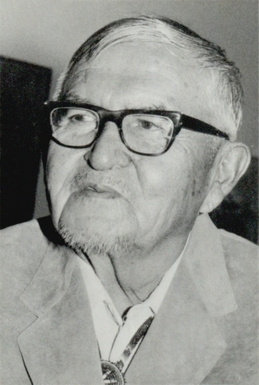


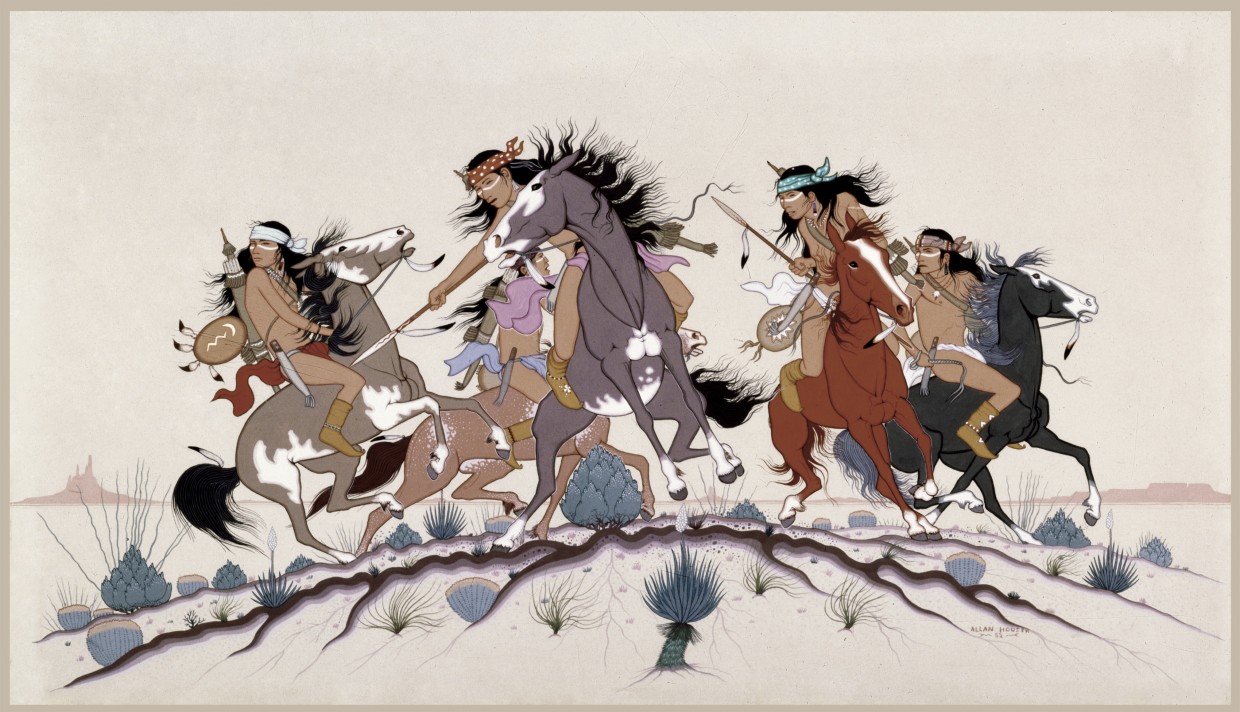
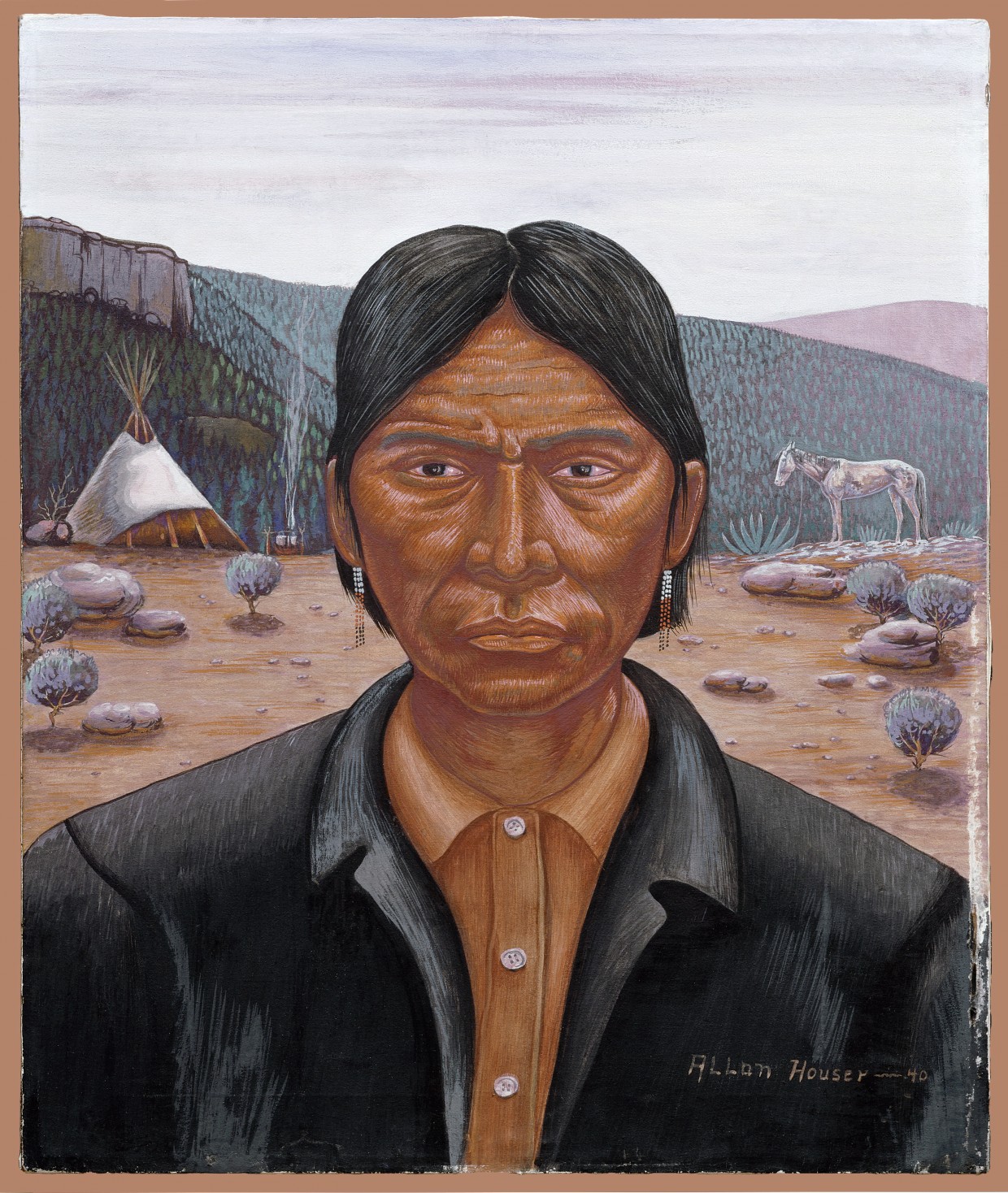


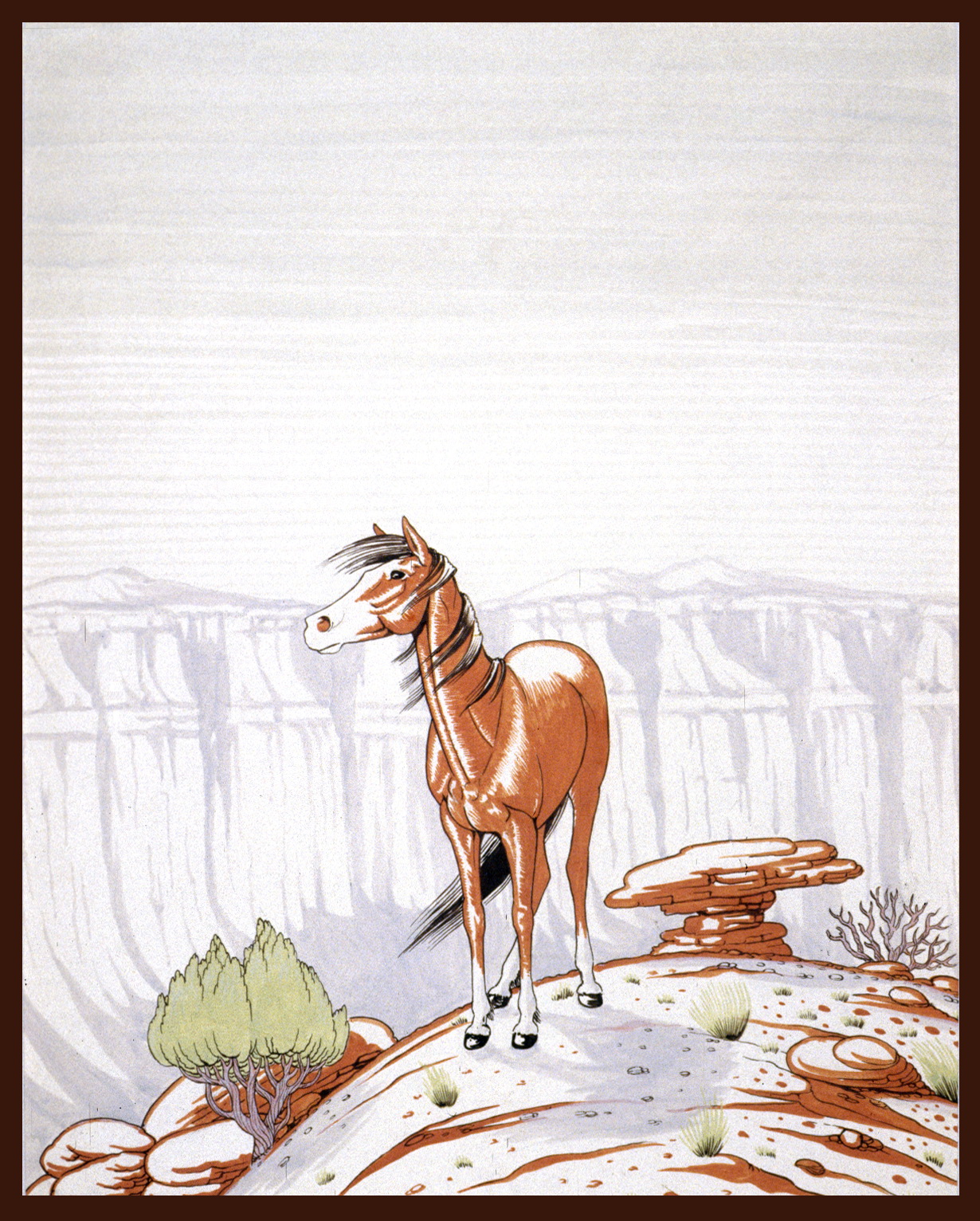

_watercolor.jpg)

_watercolor.jpg)







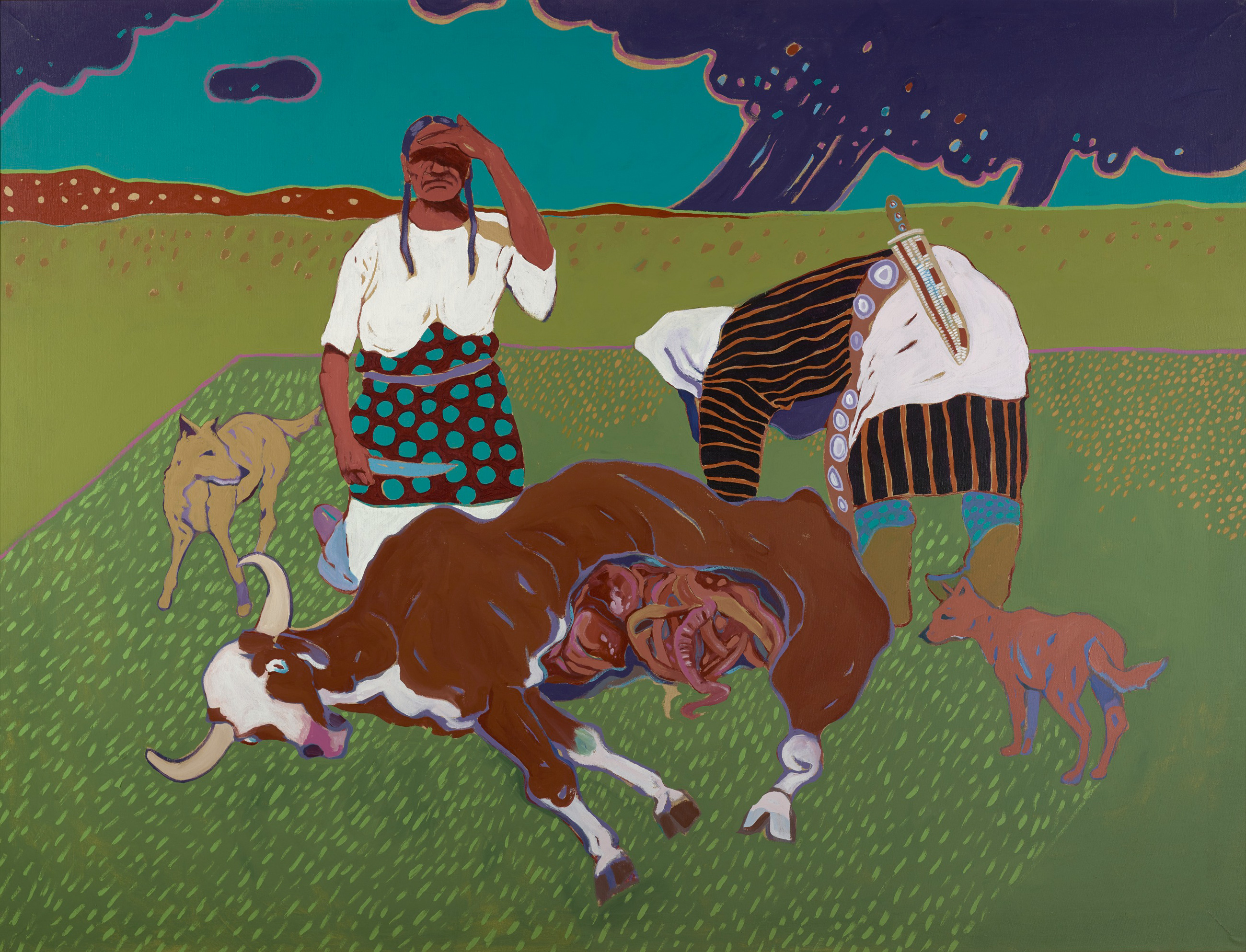
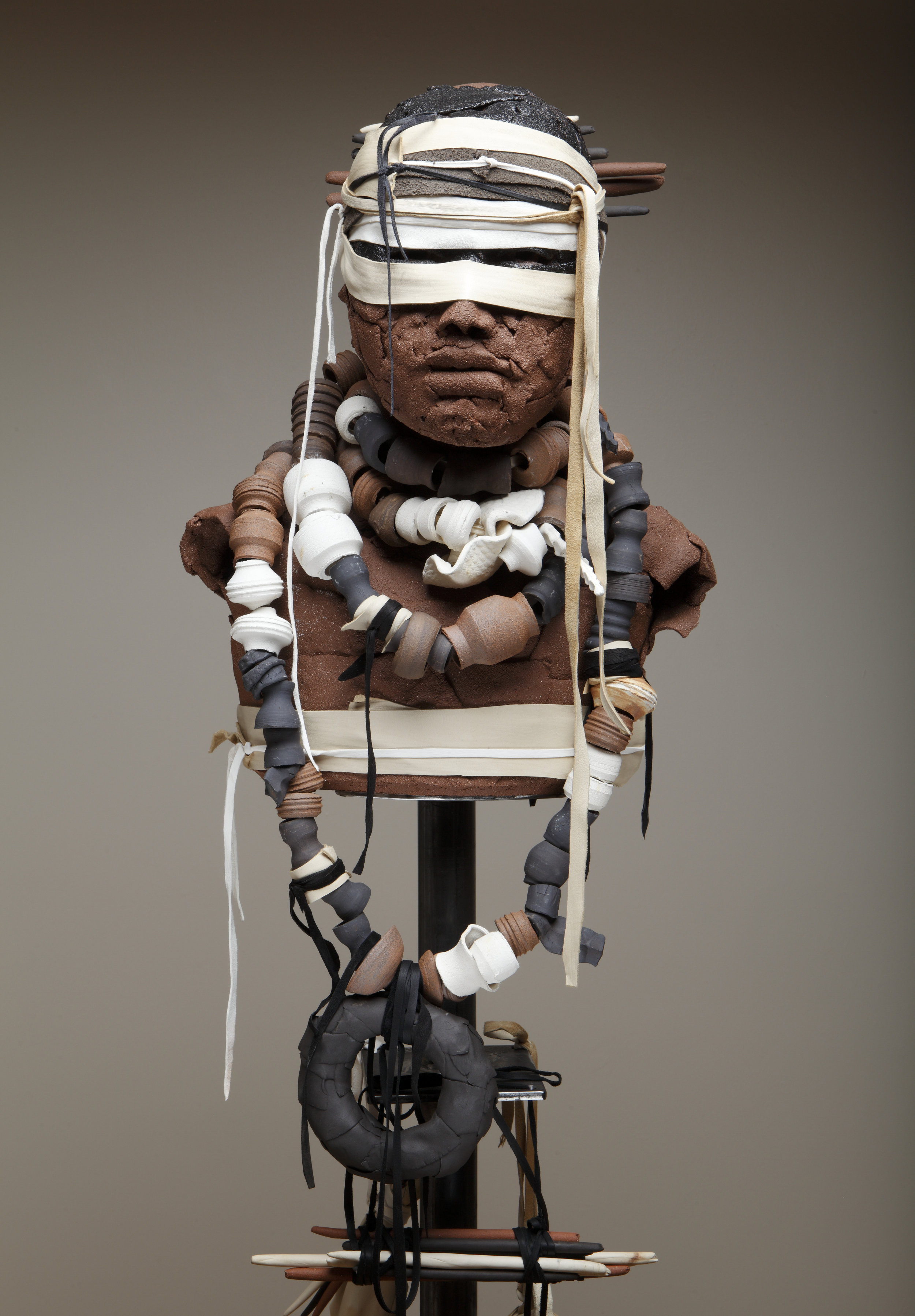
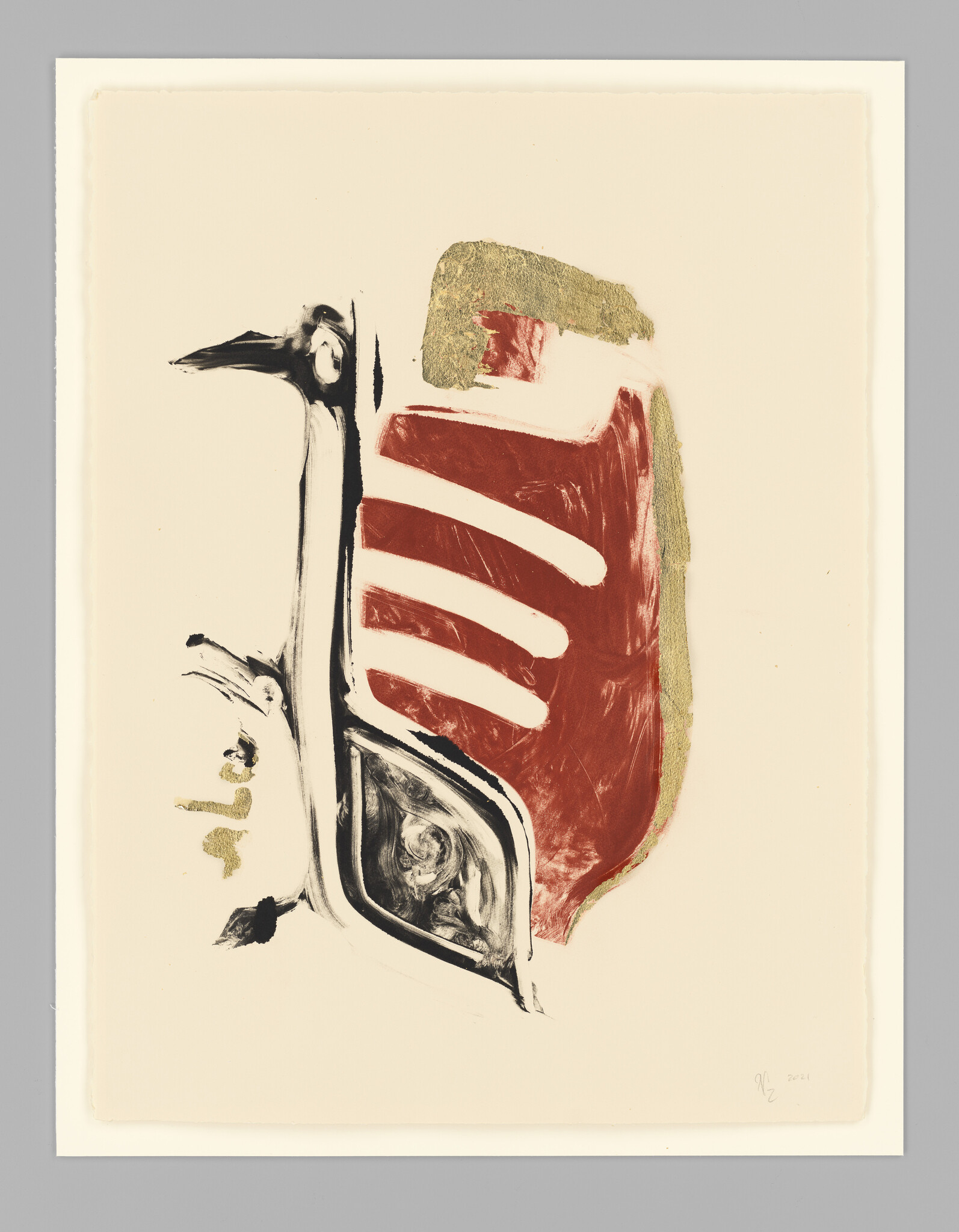







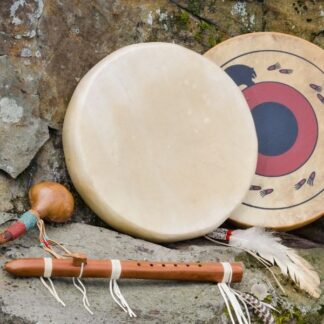


Comments
Post a Comment